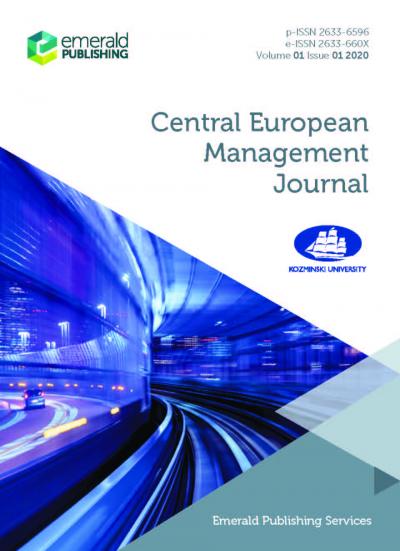The Ties That Bind: Do Brand Attachment and Brand Passion Translate Into Consumer Purchase Intention?
Faheem Gilal
Sukkur IBA University
Naeem Gilal
School of Management, Huazhong University of Science and Technology
Rukhsana Gilal
Sukkur IBA University
Zhenxing Gon
School of Business, Liaocheng University
Waseem Gilal
Sukkur IBA University
Muhammad Tunio
Alpen-Adria-Universität Klagenfurt
3/2021 29 (1) Central European Management Journal
DOI 10.7206/cemj.2658-0845.39








